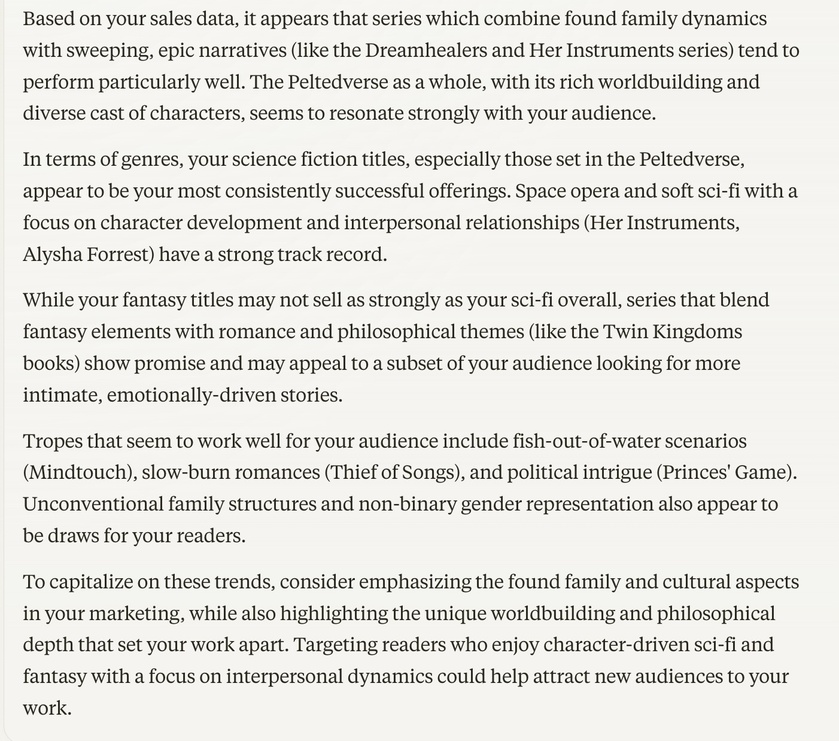From Publishers Weekly:
A proposal floated during ongoing contract negotiations between management at the freedom of expression nonprofit PEN America and its staff union, PEN America United (PAU), has led to charges by the union that the organization’s leadership is trying to stifle union members’ free speech rights—an assertion PEN management firmly disputes.
According to a PAU release, the controversy stems from a proposal made during a March 14 bargaining session, at which, PAU contends, management proposed what the union categorizes as “vague and broad language under which PAU members could be disciplined for engaging in any political activity that ‘impacts the ability of PEN America to engage in its mission.’ ” The threat of discipline could extend to activity, conducted off-hours, that management determines could bring “negative attention to PEN America,” the union continued.
Under the suggested language, union members “could be subject to discipline for activity such as signing onto an open letter criticizing PEN or attending a protest,” the union contends. Union members may also be subject “to discipline for activity conducted off-duty, off-premises, and on their own equipment.”
In a statement, the PAU executive board wrote: “PEN America Management’s language chills free expression while asking union members to surrender their rights as workers and renounce a safeguard from retaliation. Sweeping restrictions like these coming from a leading free-expression organization would set a very dangerous precedent for employees everywhere.”
It added: “Given current events, the need for robust protections to employees’ rights to political activity and speech in their personal time is of increased importance. It is incredibly disappointing to see Management does not respect this internally, despite PEN’s guidance to other organizations.”
In its own statement, PEN America management said that the language in question is from a proposal “relating to political activity that was intended to ensure compliance with our legal obligations as a 501(c)(3) non-partisan organization and the avoidance of conflicts of interest for the organization that could result from an employee playing a public role in a political campaign or running for office.”
The proposed language, PEN management continued, “was informed by prior experience with a staff member who had launched a campaign for local political office as a partisan candidate while employed at PEN America—an activity that would have involved working hours, raising compliance. and conflict of interest concerns, for the organization.”
Stressing that it does not interfere with the free expression of its employees, PEN management added that “the proposed contractual language has been under discussion with the union in recent weeks, and we have reiterated our position that the organization does not seek to curtail the political activities of staff, except insofar as they may compromise PEN America’s legal compliance with non-profit law, and thus our mission as well.”
PEN management also provided its counterproposal, which reads, in full: “PEN America believes in the free expression of employees’ personal religious, political, social, or economic beliefs. Employees shall not be disciplined for the expression of such beliefs while off-duty, except where such conduct impacts the ability of PEN America to engage in its mission. Notwithstanding the foregoing, PEN America’s policies prohibiting discrimination, harassment, and retaliation shall continue to apply.”
According to PEN management, during the March 14 negotiations, they suggested removing the paragraph on political activity entirely “so that the collective bargaining agreement would include no language at all on the subject.” At that meeting, management said, “the union indicated that it did not wish to delete the provision and that it would counter the proposal” with language that management says it is now awaiting.
In response to PEN management’s assertion, PAU explained that it “understands that the organization is prohibited by law from engaging in partisan political activity and has no desire to interfere with such legal obligations,” insisting that “the conversation that has taken place during ‘recent weeks’ has not revolved around nonprofit administration or partisan activity, but around whether it is appropriate to discipline union members for political activity, expression, and association.” It added: “PEN America has repeatedly rejected attempts from PAU to include language that would explicitly protect union members from retaliation, such as ‘Employees will not be penalized or terminated for any political activity or speech engaged in while off-duty, solely in their personal capacity.’”
. . . .
Internal and External Turmoil
The controversy comes as negotiations between PAU and PEN management continue to drag on. Employees first formed a union, which PEN America recognized, in June 2022, and began bargaining with the organization that October. In March 2023, PAU voted to affiliate with United Auto Workers Local 2320, Region 9A. According to the union, PAU and PEN America have only reached six tentative agreements out of 25 total proposals to date.
The internal spat over conflicting definitions of protected free expression also comes as PEN America faces increasing public criticism from some of its membership and others in the literary world over its handling of issues relating to Palestine. (While criticism of PEN has reached new heights since the latest war in Gaza began, such critiques have dogged the organization at least since 2013, when former New York Times editor Middle East and Balkan bureau chief Chris Hedges resigned from the organization’s board.)
On January 31, six protesters from the group Writers Against the War on Gaza disrupted a PEN America event in Los Angeles featuring a conversation between comedian Moshe Kasher and actor Mayim Bialik, the latter of whom is an outspoken supporter of Israel. One of the protesters, author Randa Jarrar, was physically removed from the scene by security.
Link to the rest at Publishers Weekly
PG wonders if those who have contributed to PEN America have been concerned about how much the non-profit is spending on labor attorneys to represent it during these negotiations.
OTOH, the employees’ union is not doing the future of the organization that employs its members any good by airing all sorts of complaints about the behavior of management of the organization.
The world may have benefitted from some of PEN’s initiatives during earlier times, but the world does not need PEN to continue to exist. There is nothing PEN does that another organization, non-profit or not, could also do. The ACLU comes to PG’s mind.





